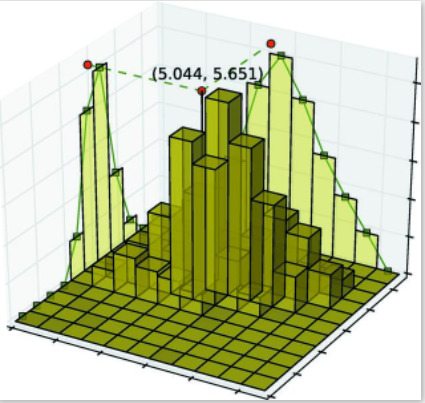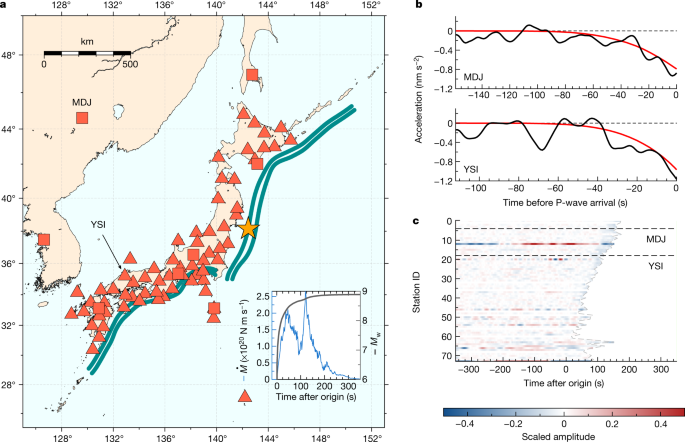X線結晶学の新しい技術により、研究者はリアルタイムで実験を調整できる。 New technique for X-ray crystallography allows researchers to adjust their experiments in real time.
2022-05-11 アルゴンヌ国立研究所(ANL)
<関連情報>
- https://www.anl.gov/article/hitting-a-new-peak-scientists-enhance-xray-data-analysis-with-artificial-intelligence
- https://journals.iucr.org/m/issues/2022/01/00/fs5198/index.html
BraggNN: ディープラーニングを用いた高速X線ブラッグピーク解析 BraggNN: fast X-ray Bragg peak analysis using deep learning
Zhengchun Liu, Hemant Sharma, Jun-Sang Park, Peter Kenesei, Antonino Miceli, Jonathan Almer, Rajkumar Kettimuthu and Ian Foster
International Union of Crystallography Published:10 December 2021
DOI:https://doi.org/10.1107/S2052252521011258

Abstract
X-ray diffraction based microscopy techniques such as high-energy diffraction microscopy (HEDM) rely on knowledge of the position of diffraction peaks with high precision. These positions are typically computed by fitting the observed intensities in detector data to a theoretical peak shape such as pseudo-Voigt. As experiments become more complex and detector technologies evolve, the computational cost of such peak-shape fitting becomes the biggest hurdle to the rapid analysis required for real-time feedback in experiments. To this end, we propose BraggNN, a deep-learning based method that can determine peak positions much more rapidly than conventional pseudo-Voigt peak fitting. When applied to a test dataset, peak center-of-mass positions obtained from BraggNN deviate less than 0.29 and 0.57 pixels for 75 and 95% of the peaks, respectively, from positions obtained using conventional pseudo-Voigt fitting (Euclidean distance). When applied to a real experimental dataset and using grain positions from near-field HEDM reconstruction as ground-truth, grain positions using BraggNN result in 15% smaller errors compared with those calculated using pseudo-Voigt. Recent advances in deep-learning method implementations and special-purpose model inference accelerators allow BraggNN to deliver enormous performance improvements relative to the conventional method, running, for example, more than 200 times faster on a consumer-class GPU card with out-of-the-box software.



